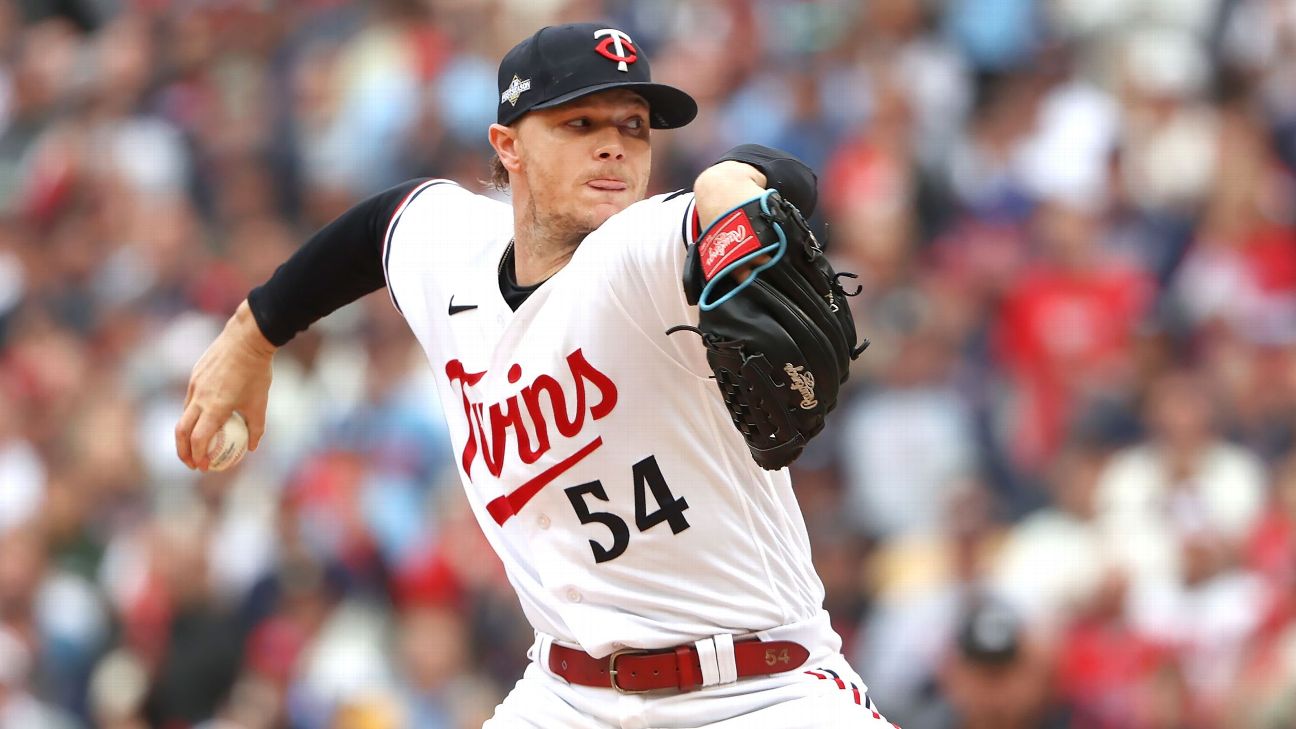Chaim Bloom After missing the playoffs for a second consecutive season, the St. Louis Cardinals find themselves at a crossroads. As they prepare for an upcoming press conference, speculation is rife about significant organizational changes intended to reshape their offseason strategy. Central to these changes is the potential appointment of former Red Sox Chief Baseball Officer Chaim Bloom to a more prominent position within the club’s baseball operations.
Reports from Bob Nightengale of USA Today suggest that the Cardinals might also consider alterations to their major league roster, including exploring trade opportunities for veteran right-hander Sonny Gray, just one year after signing him to a substantial three-year, $75 million contract.
The Cardinals’ decision to consider payroll reductions is not surprising, given the challenges they faced this past season. Attendance fell below three million for the first time since 2003 (excluding the pandemic-affected years), which significantly impacted their gate revenue. Furthermore, the organization is grappling with financial repercussions from the bankruptcy of Diamond Sports Group, which affects their television revenue. While MLB and the Players’ Association have made efforts to mitigate these losses, there is still uncertainty regarding future budget allocations.

Even if the overall budget for baseball operations remains stable, it is plausible that player salaries might decrease as the team reallocates resources toward enhancing its player development infrastructure. The Athletic’s Katie Woo noted that the Cardinals have increasingly prioritized major league payroll at the expense of their developmental programs, leading to cuts in crucial areas. As the front office undergoes changes, a focus on improving player development could necessitate a reduction in major league salaries.
This context ties back to Sonny Gray, whose salary is set to escalate from $10 million this year to $25 million in 2025. With the Cardinals currently facing approximately $108 million in guaranteed commitments for the next year, they must also consider an expensive arbitration class that includes significant contributors like Brendan Donovan, Lars Nootbaar, and Ryan Helsley. Additionally, the potential for exercising options on pitchers Kyle Gibson and Lance Lynn—both valued at $12 million—adds further financial complexity. Given these factors, trading Gray might become a necessary move for the Cardinals to address their roster needs while managing payroll.
However, parting with Gray could severely impact St. Louis’s chances of contending next season. Although he had a somewhat underwhelming season, finishing with a 3.84 ERA, his 3.12 FIP indicates that he still possesses substantial talent. A year removed from an outstanding performance with the Minnesota Twins, where he was a Cy Young contender, Gray would enhance almost any rotation. For the Cardinals, finding a suitable internal replacement could prove challenging, especially following a season in which their starting pitchers collectively posted a 4.36 ERA.
Gray’s substantial salary poses another obstacle in any potential trade. Over the next two seasons, he is owed $65 million, which could deter teams with limited payroll flexibility. If a trade were to occur, the receiving team would need to account for a nearly $32.5 million hit against their luxury tax limit, complicating negotiations. Additionally, Gray holds a full no-trade clause, which gives him the power to veto any potential deals.
Nonetheless, trading Gray is not out of the question. There have been instances where players with no-trade clauses have been dealt, particularly when the team is motivated. Nightengale speculates that the Cincinnati Reds, where Gray pitched from 2019 to 2021, could be interested in bringing him back, especially given their young and promising core, including Hunter Greene and Elly De La Cruz. Gray’s experience would be invaluable to a Cincinnati rotation that is likely to lose Nick Martinez to free agency, and the Reds might find Gray’s leadership beneficial as they continue to develop their young pitching talent. However, the Cardinals might need to consider retaining some of Gray’s salary to make a trade feasible, given Cincinnati’s typically lower payroll constraints.
